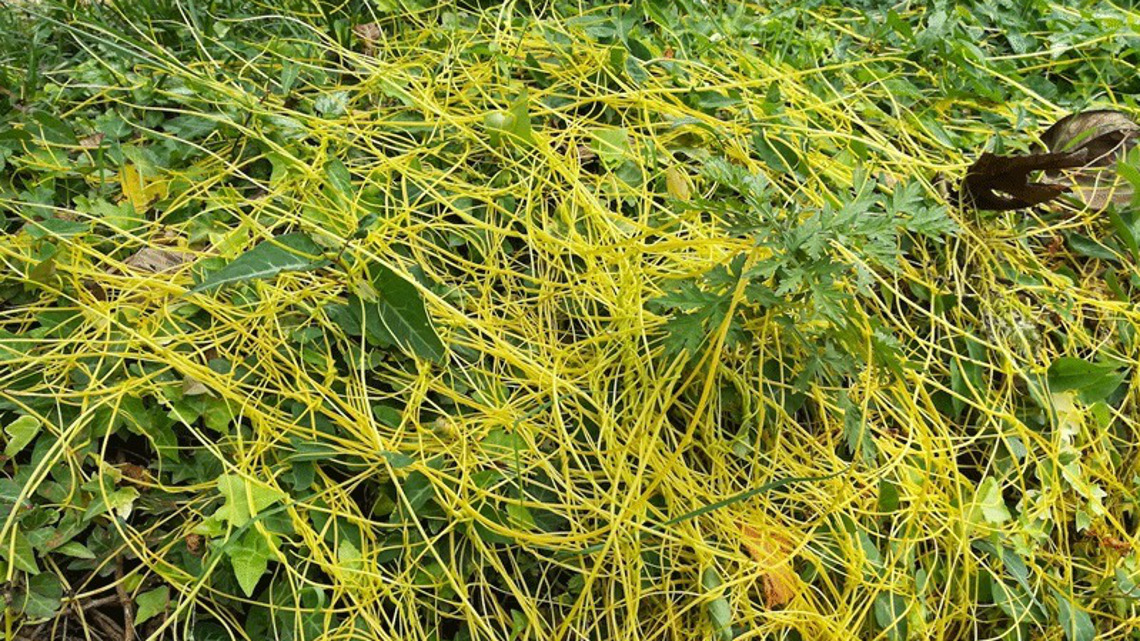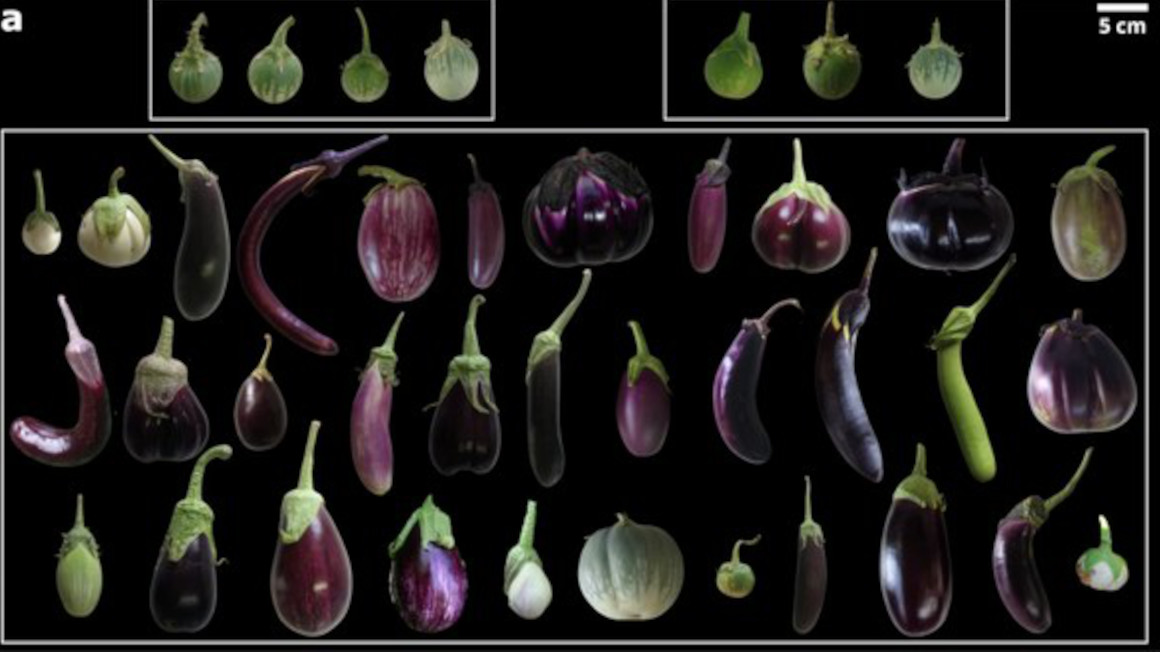Dodder does more than feed off plants
Dodder, a parasitic vine, transfers warning signals from one host-plant to another if one of them is attacked by herbivores.

Few organisms can survive on their own, many live in symbiosis with others, some of which are parasitic. Dodder, a parasitic vine of the genus Cuscuta, grows rapidly, entwining and parasitizing its host plants by inserting haustoria (a special organ that only parasitic plants have that functions analogue to roots) into the host plants’ stems. The dodder vines often connect different host plants together and form a network. Scientists from the Kunming Institute of Botany in China and the Max Planck Institute for Chemical Ecology in Jena now discovered that the vines do much more than that: If any plant in the network is attacked by herbivores, the expression of defence genes in the unattacked neighbouring plants is activated. These plants are then on high alert and become more resistant to their enemies. Thus, dodder not only deplete nutrients from their host plants, but also function as important communicators between neighbouring plants, when insects feed on host plants. The results are published in the journal “Proceedings of the National Academy of Sciences (PNAS)”.
Plant communication via vines
Plants of the genus Cuscuta are leaf- and rootless parasites and grow on their host plants without touching the soil. Their haustoria penetrate their host plants and the vines fuse their vascular systems with those of its host plants. A team of scientists led by Jianqiang Wu from the Kunming Institute of Botany in China and Ian Baldwin from the Max Planck Institute for Chemical Ecology in Jena investigated whether the parasite is only tapping the plants’ supply system or also playing a role in plant-plant communication. “It has been found that plants can communicate through volatile cues and underground mycorrhizal networks. We therefore wanted to know whether dodder can transmit insect feeding-induced signals among different hosts and whether these signals can even activate defences against insects,” explains Jianqiang Wu, who is an Alumnus of the Max Planck Institute for Chemical Ecology and is now heading a Max Planck Partner Group in China.
Signal transfer across dodder-bridges
In agriculture, dodder causes considerable economic damages in pasture farming with alfalfa and clover. In China, dodder parasitisation leads to large losses in soybean yield. Therefore the researchers used mostly soybean plants for their experiments. In order to induce defence reactions, caterpillars of Spodoptera litura, a worldwide agricultural pest, were put on the plants. The researchers then analysed which genes in the leaves of dodder-connected plants became active, using RNA sequencing. According to the first author of the study, Christian Hettenhausen, the researchers detected the signal transfer about the “insect-attack” not only in unattacked leaves of the same plant, but in fact also in neighbouring plants that were only connected by so-called dodder-bridges. “The plant hormone jasmonic acid plays an especially important role in dodder-mediated systemic signalling. After insect herbivory, defence signals travelled rapidly from plant to plant via the dodder network, even over large distances,” Jianqiang Wu explained. Moreover, the Alarm signals were even exchanged between different plant species.
Different herbivores might induce different responses
In the future, the researchers want to investigate the signal transfer induced by different herbivores. Here, they used Spodoptera litura, a chewing caterpillar, but in the future the scientists want to decipher whether piercing-sucking insects, such as aphids, induce a different repertoire of defensive signals, and may even be transferred differently. The scientists also want to identify the substances that are responsible for the signal transfer. Ian Baldwin summarizes: “Ecological interactions in nature are extremely complex. A parasite steals valuable nutrients from its host, but at the same time functions as an important link to warn neighbours. Whether this warning is unselfish after all needs further studies to clarify.”
jmr


